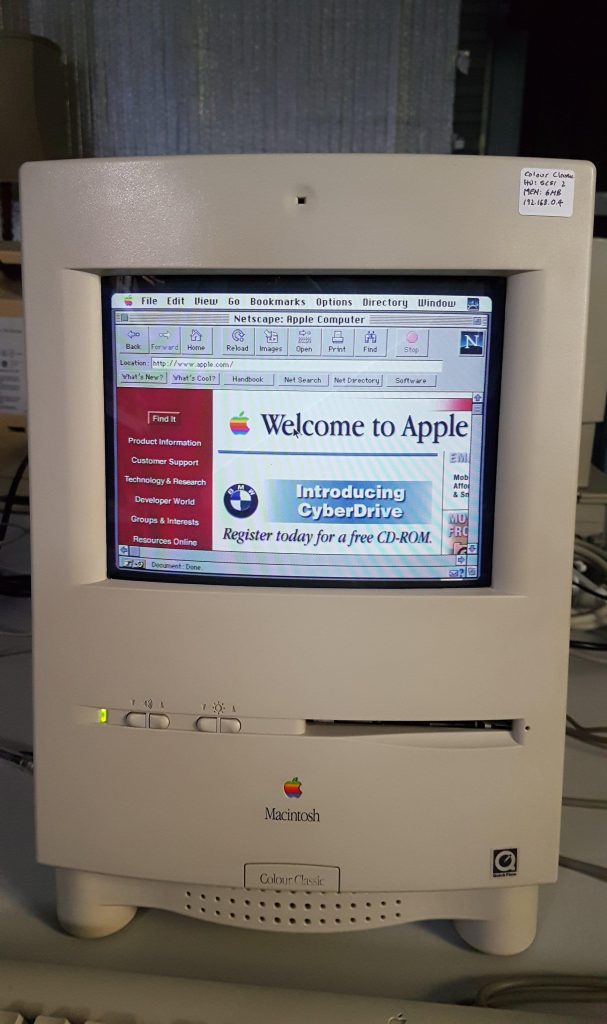- Apple Macintosh Family
- SE/30 Intro & Power Up
- SE/30 Ethernet
- SE/30 Flyback Issues
- SE/30 Cap Remediation x 2
- Macintosh TCP/IP
- Macintosh Network
- Macintosh Plus $390
- Macintosh Plus
- Macintosh Colour Classic
My first workplace used a combination of PCs and Macintosh computers (mainly Macintosh Plus). I would do technical stuff on my PC and write up manuals on a Macintosh Plus. When i left that workplace, i left the Macintosh world behind and had no particular reason to return to it until i developed an interest in vintage computers.
There are two things that made the macs standout to me in the mid to late eighties. The first was the GUI and the ability to be able to swap between programs and copy and paste between them. The second was the simple and low cost networking. These were really impressive capabilities.
I found the Macintosh ecosystem very addictive, and at one time i had over a dozen machines, including:
- 3x Macintosh SE/30
- 3x Macintosh SE
- 2x Macintosh Plus
- Colour Classic
- LC III
- 660AV
- PowerMac G3 Server
- PowerMac G4
- PowerMac G5
As i pushed my hobby back further, space and time both became issues, so i had to take some difficult decisions. I chose to focus on the compact Macs of the eighties, which are easily stored and quickly set up. I shuffled on most of the nineties machines and a couple of the duplicate eighties machines. Hopefully they’re entertaining their new owners!
I can still create a pretty solid network with:
- 2x Macintosh SE/30 (one as a bridge/router)
- 2x Macintosh SE
- Macintosh Plus
- PowerMac G4 (support crew)
- HP Laserjet 6MV
- Imagewriter II

































